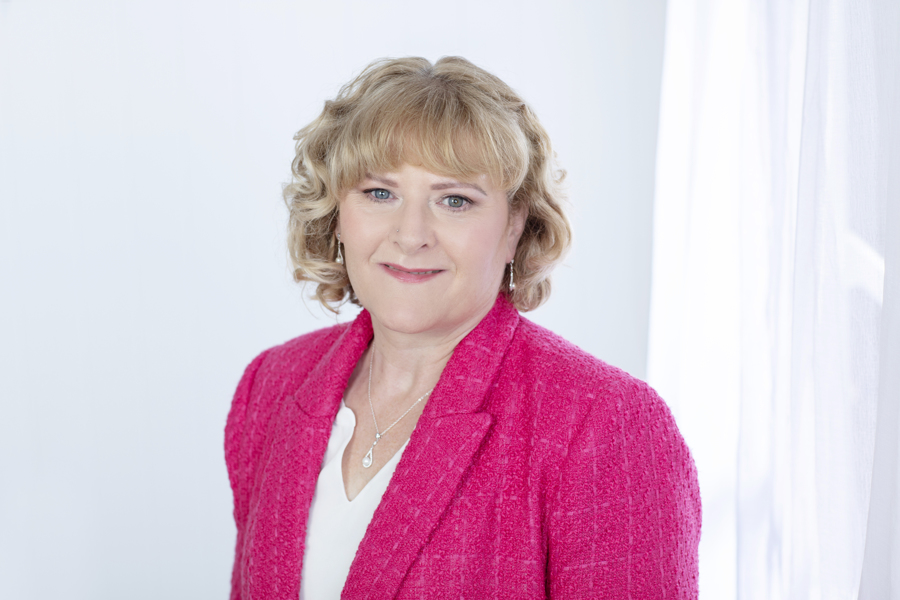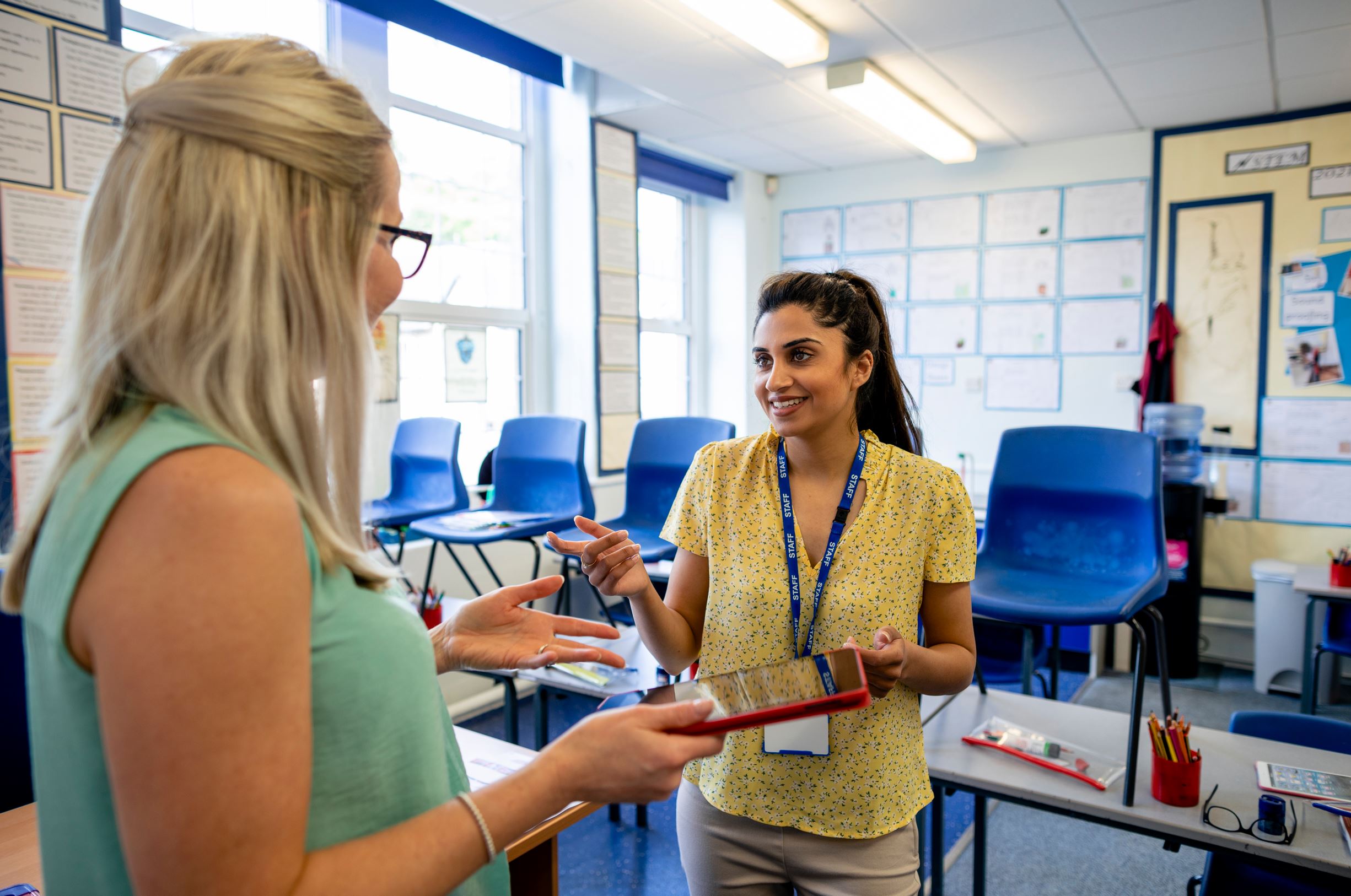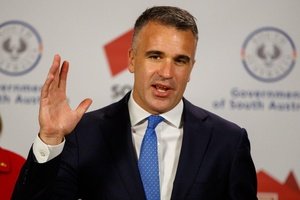Mental health and wellness coach Linda Rowley has worked closely with Australian school principals and says we know from research the key factors that are negatively impacting on teachers’ wellbeing at the moment.
“[These are] around workload and coping, reward and recognition, and classroom factors as well,” Rowley tells EducationHQ.
“A number of these things have actually been named in the psychosocial hazards that have been developed by Safe Work Australia now. So, things like job demands, low job control, inadequate reward and recognition…
“I'm hoping that schools and workplaces will start to put strategies in place around those to minimise or mitigate the psychosocial hazards…”
A 2023 Review of the Workers Compensation Scheme found the number of psychological injuries suffered by NSW public school teachers increased from 349 in 2021-22 to 577 in 2022-23.
And according to Rowley, research makes clear the sizeable influence school leaders wield over their staff’s wellbeing and the work/life culture that’s established across teams and departments.
“A good place to start is really how the leaders are managing their own wellbeing,” she notes.
“What strategies have they put in place for their wellbeing? How do they positively role model healthy and helpful behaviours, whether they are self-care behaviours (or otherwise)?
“What’s the discussion like? Are people able to bring their authentic selves into their role? And how is wellbeing talked about within the school as well?”

“The key message is that ‘wellbeing is everybody’s responsibility’," Dr Linda Rowley says.
A study investigating the wellbeing needs of Australian teachers found that “supporting, caring, and consultative school leaders who prioritise teacher wellbeing” and were responsive to teachers’ needs, were seen to be most impactful.
“Consultation was noted by participants as being particularly effective in supporting their wellbeing … (and) organisation and communication strategies which value teachers’ time was noted as being effective...” the study noted.
For one NSW secondary teacher surveyed, this was demonstrated when “whole staff meetings are productive and clearly communicated”.
Another secondary teacher said it was impactful when leadership “embeds teacher wellbeing in every decision and supports staff to feel very supported and acknowledged that we have a very taxing and complex job”.
Unhelpful actions and initiatives on the part of school leaders were also identified in the study, involving statements such as:
- “Sending emails inviting staff to talk with the leadership team if they are feeling stressed” (SA secondary school teacher);
- “Telling teachers they need to work smarter to reduce their workload without any follow up discussion on how they may do this” ( Qld primary teacher);
- “Displaying positive affirmations in the toilets” (Vic primary teacher); and
- “(School leadership that takes a) tokenistic view of what wellbeing is and needs to be for educators” (Qld secondary teacher).
“It was noted that at times leadership withholds information at critical moments of change, raising teachers’ anxiety.
“Participants expressed their preference for continuous improvement and conversations around teacher wellbeing,” researchers also flagged.
EducationHQ has previously received reports from teachers that spoke of a professional culture grounded in always being ‘on’ at their school, with some regularly sending colleagues lesson plans and work-related communication late into the night.
Rowley said this was a concerning scene on a number of fronts.
“[It’s problematic to set up] a culture where there’s an expectation of that extra work (being done after hours), especially when the research indicates that high job demands, long hours, are things that are detrimental to wellbeing in the longer term.
“I think more helpful behaviours when it comes to wellbeing will be things like how we set boundaries around that.
“And, again, that comes back to school leadership, and not sending emails after hours – how do they role model healthy boundaries?
“There needs to be an expectation that people take time away from their computer, and they encourage that work-life balance,” she says.
Yet teacher wellbeing is by no means the sole responsibility of school executive and system leaders, Rowley adds.
“The key message is that ‘wellbeing is everybody’s responsibility’.
“So often, we hear a discourse about (how it’s) the organisation’s responsibility, or it feels like they’re kind of putting the blame or the responsibility on individuals.
“There are certain responsibilities that the organisation or the school is responsible for – from an integrated workplace mental health perspective, the organisation is responsible for preventing harm.”

“I think historically, workplaces or schools have been focused on the preventing harm and managing illness elements, and less focused on promoting the positive," Rowley says of workplace wellbeing.
For example, managing ‘psychosocial hazards’ in the workplace falls firmly under the domain of the school, Rowley explains.
“For instance, the [school] is responsible for managing illness. So, access to things like employee assistance programs, or encouraging people to get professional help.
“And organisations should also be responsible for promoting the positive as well. This is a model that comes from Professor Tony La Montagne; promoting the positive is around wellbeing strategies that enhance people’s ability to feel good and to function well.
“And I think historically, workplaces or schools have been focused on the preventing harm and managing illness elements, and less focused on promoting the positive.”
In addition to forging solid relationships with their colleagues and students, Rowley offers a few strategies that teachers can draw on to ensure their wellbeing stays on track.
“I think [strategies] that facilitate positive emotions (are important).
“The research indicates we have a negativity bias, we tend to remember those things that we perceive as negative or provoke negative emotion for us.
“So, things like gratitude intervention (are useful), just sitting and writing for three minutes about something you’re grateful for, or at the end of the day, doing a ‘three good things’ journaling (task).
“Even doing an ‘appreciative round’ in a circle with students at the end of the class, those sorts of things can just help to balance out that negativity bias that we have,” she says.
This is not about entering the realm of toxic positivity either, Rowley says.
“We’re not cancelling out all of the negatives. It’s just about how we can kind of rebalance our perspective towards the positive, because when we experience positive emotions, it opens up our thinking, we’re more creative, more collaborative, and that actually builds our resilience over time.”
Finding ways to connect with nature throughout the work day is another tried and tested wellbeing strategy that Rowley heartily backs.
“The research suggests that the cognitive load of teaching or school leadership can really be quite high.
“Nature has a restorative effect on our cognition, so … looking at how we can connect more with nature that we come into contact with on a daily basis.
“It might even be things like playing a bird song video track, during certain points of time, it might be looking at nature videos during the lunch break, if you can’t actually get out…”
Given that wellbeing is such a nebulous concept to pin down, Rowley advises school leaders encourage teachers to nut out their own definition.
“And that could be influenced by where they are in their stage of career, it could be influenced by a whole range of things,” she says.
“I think if we’re going to talk about wellbeing in schools or in workplaces, then really we need to map out ‘what does it actually mean for me as an individual? What does it mean for us as a school?’ – taking more of a systems perspective, and then looking at how we can collaboratively get there.”














